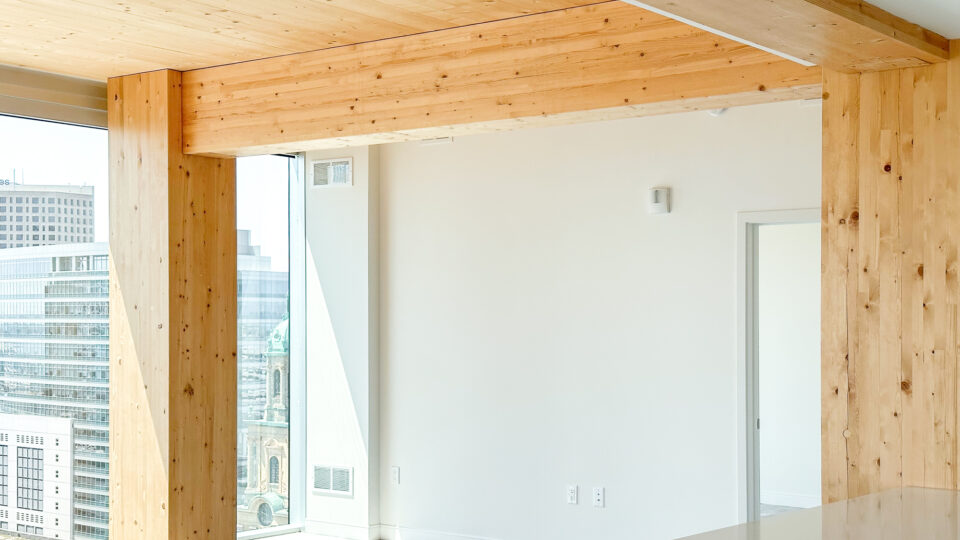

Author: James Alexander
Publication: Timberlab
07.08.24
NYC Takes Bold Step to Embrace Mass Timber Construction
Timberlab is excited to be part of the New York Economic Development Commission's (EDC) mass timber initiative, marking a significant step forward for mass timber construction in New York City. The EDC's commitment to promoting mass timber in the NYC market aims to usher in a new era of sustainable and innovative building practices. As a newer market for mass timber construction and design, the initiative will help reshape NYC's urban landscape, making the city a model for this new building methodology. Timberlab is a national leader in the mass timber industry. Our expertise spans various sectors, including residential, commercial, and institutional projects. We leverage advanced engineering and construction techniques to create high-performance, sustainable buildings to better the planet and its people.
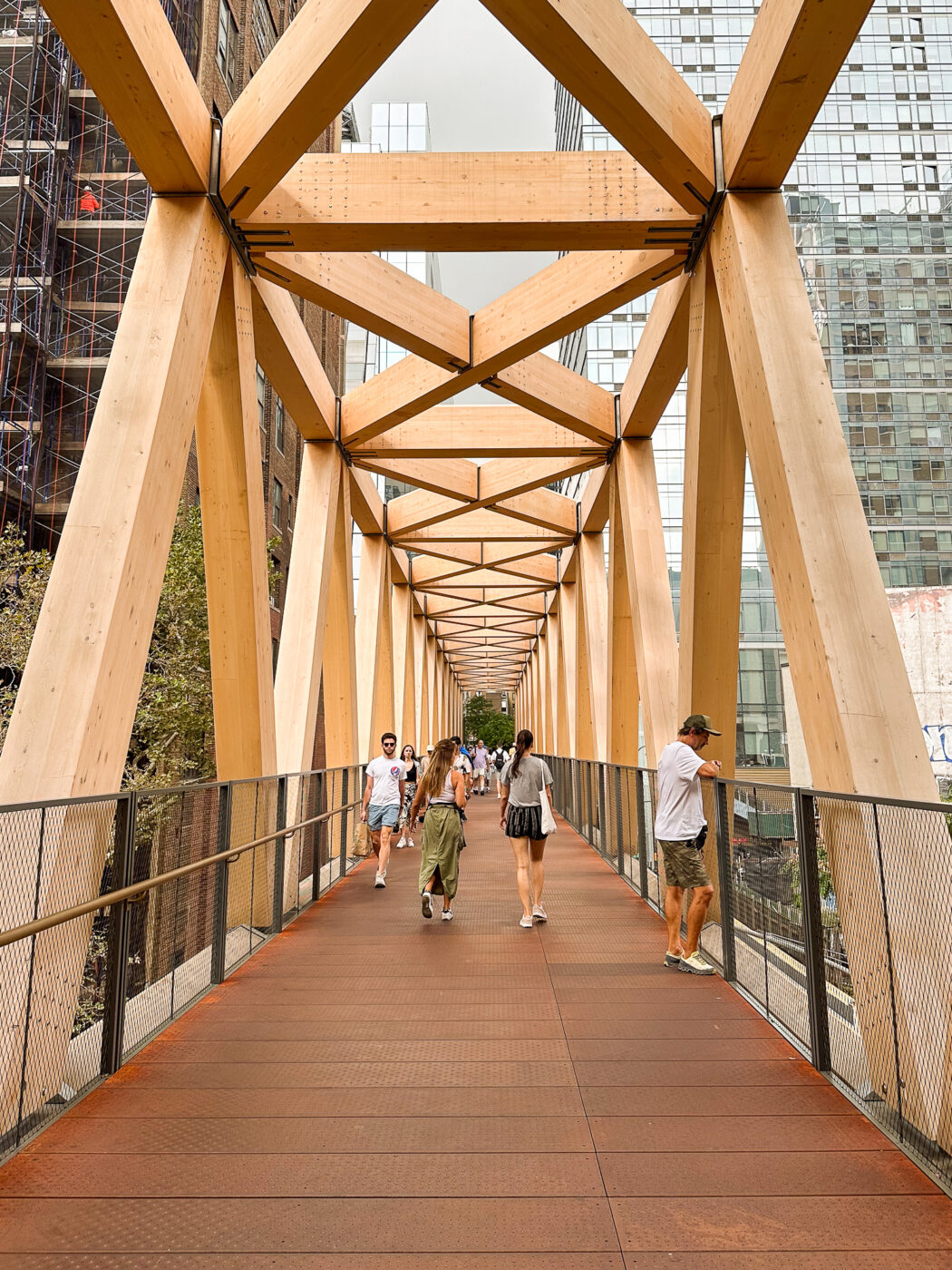
NYC's Slow Adoption of Mass Timber
Historically, New York City has been slow to embrace mass timber construction. With over a million buildings, 95% of which are below 85 feet, there is immense potential for mid-rise development. The perception of NYC as a city of towering skyscrapers often overshadows the opportunities for innovative, mid-rise structures. However, the city's commitment to reducing operational carbon and embracing sustainable construction typologies could shift this narrative. With only a few mass timber projects currently completed in the New York Tri-State area, we see immense potential for this application across market sectors.
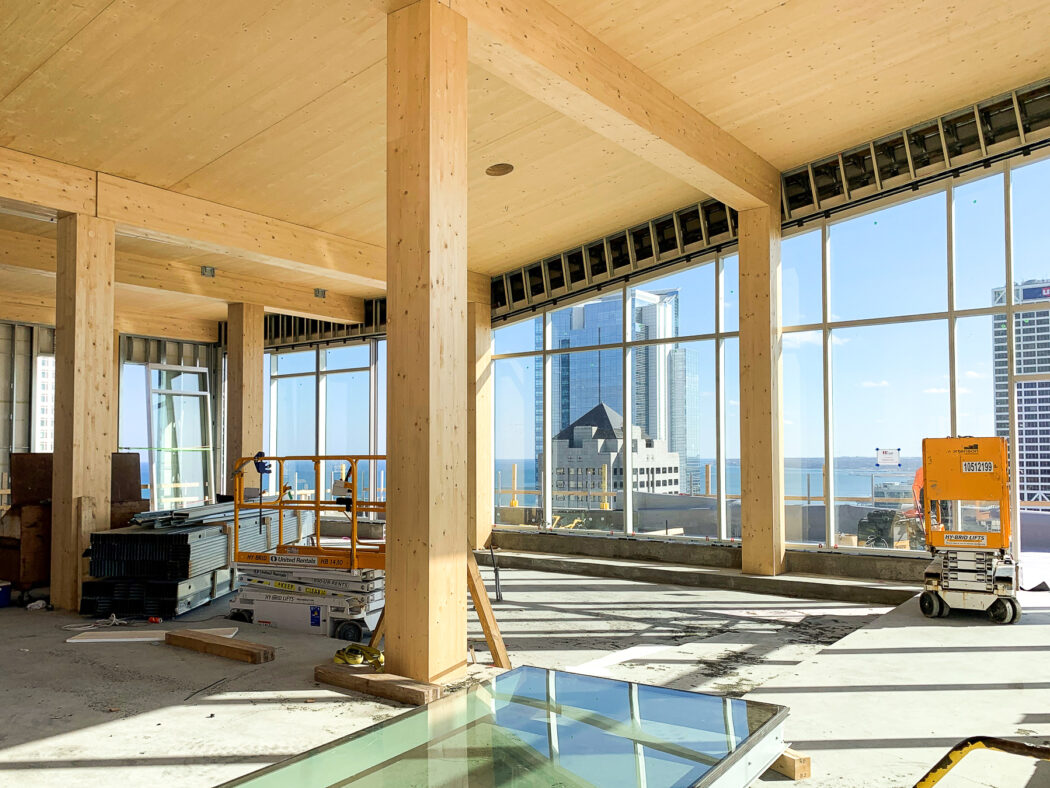
The EDC Initiative: A Catalyst for Change
The EDC's program includes seven diverse projects, ranging from residential buildings to recreation centers and offices. These projects are supported by partners like WoodWorks, the U.S. Forest Service (USFS), and the Softwood Lumber Board (SLB), ensuring robust backing and expert guidance. Timberlab is proud to be part of the Harlem project, collaborating with atelierjones and Sage and Coombe Architects on a seven-story residential building.
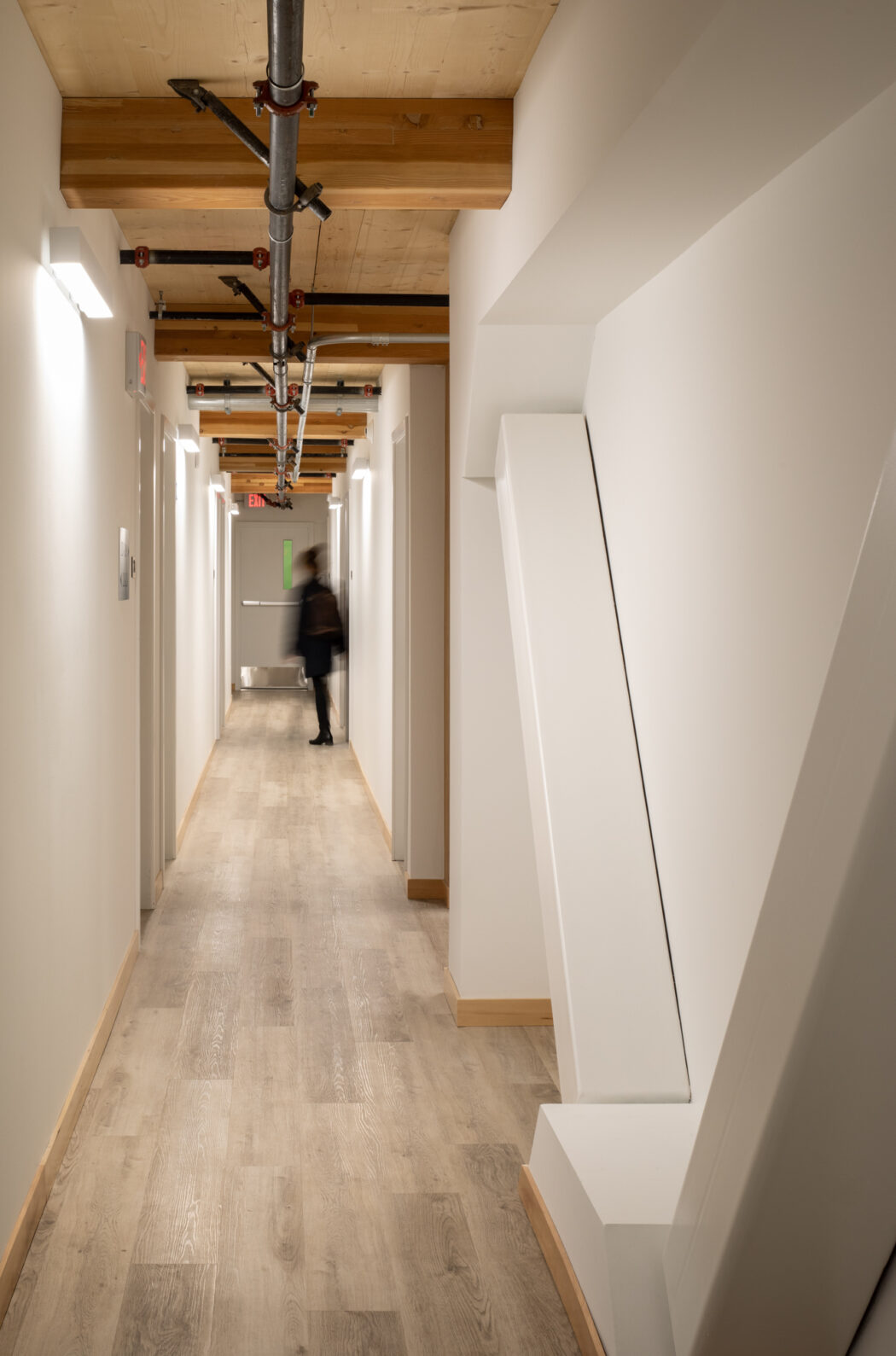
Harlem Project Highlights
- Design Transformation: Originally designed as a concrete building, the Harlem project is being redesigned as a mass timber structure. This shift involves adapting to traditional Type IV-C building codes from 2015/2018, as the newer Type IV-C codes have not yet been adopted.
- Fire Safety: All fire-rated connections must be concealed, and exterior walls and exit shafts must be non-combustible, using materials like CMU or concrete.
- Sustainability and Efficiency: Mass timber construction offers benefits such as quieter sites, faster builds, and cleaner construction processes. These advantages are particularly significant in NYC's tight urban areas, which have poor soil conditions and limited lay-down space.
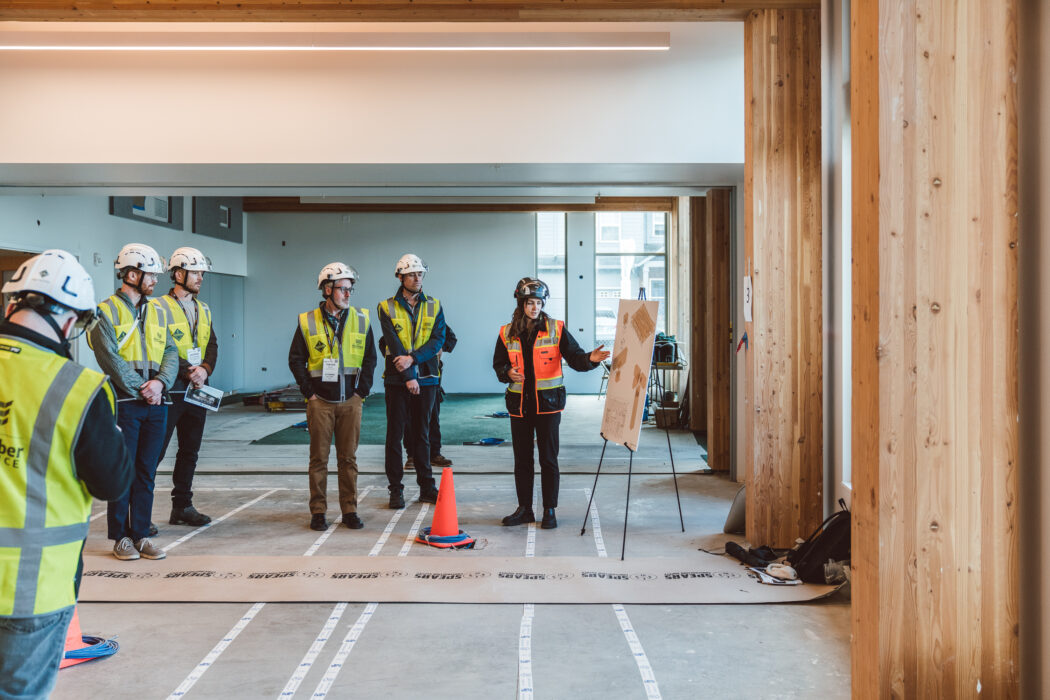
Overcoming Limitations
One of the biggest challenges in NYC is the lack of familiarity with mass timber construction. Political will and support from the city and mayor's office are crucial for driving adoption. The EDC's initiative aims to streamline the permitting process and increase comfort levels among building bureaus and local markets, fostering a more receptive environment for mass timber projects.
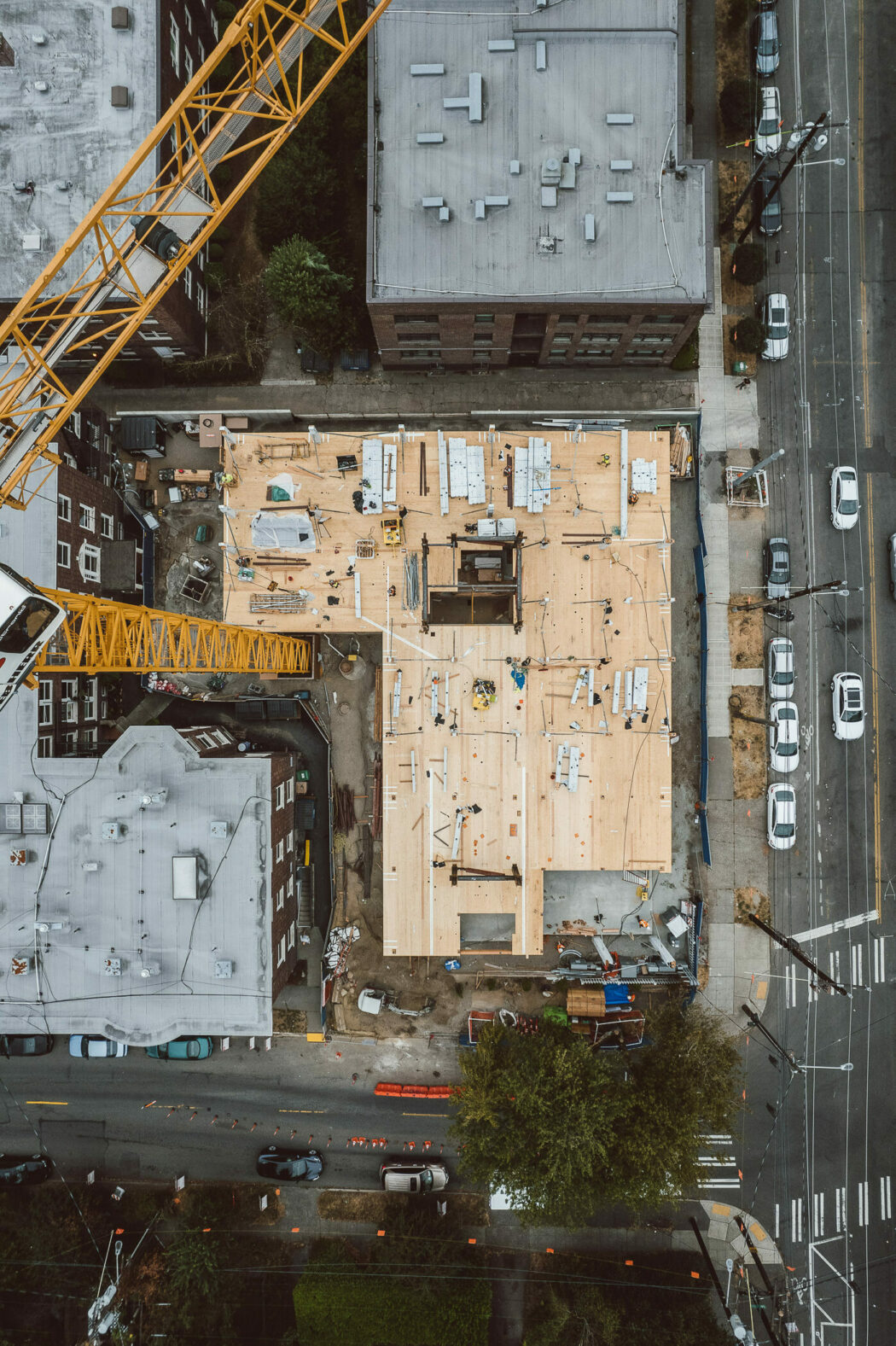
Benefits for NYC
Mass timber construction offers numerous benefits for New York City:
- Quiet and Clean Sites: Mass timber sites are quieter and cleaner, contributing to a better urban living environment.
- Speed and Efficiency: Faster construction times and seamless prefabrication processes make mass timber ideal for NYC's dense and busy landscape.
- Lightweight Solutions: Mass timber's lighter weight makes it suitable for areas with poor soil conditions and for lightweight overbuilds.
- Storage and Logistics: With limited space for material storage, mass timber allows for just-in-time delivery, reducing the need for large lay-down areas.
Insights, information, and inspiration.
Subscribe to our newsletter to stay up to date on the latest in mass timber.
Subscribe